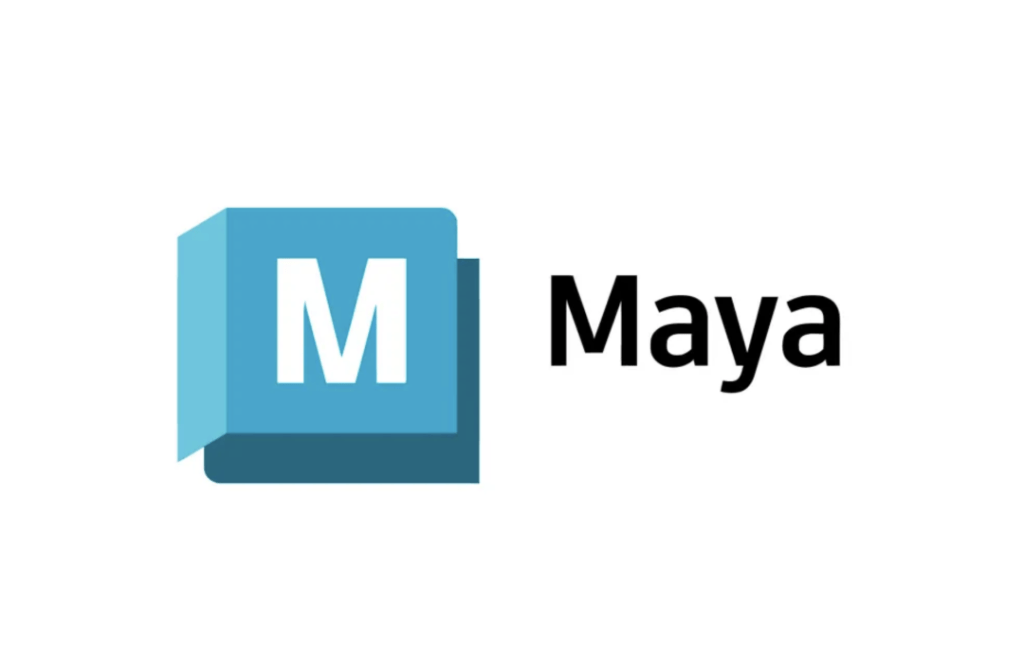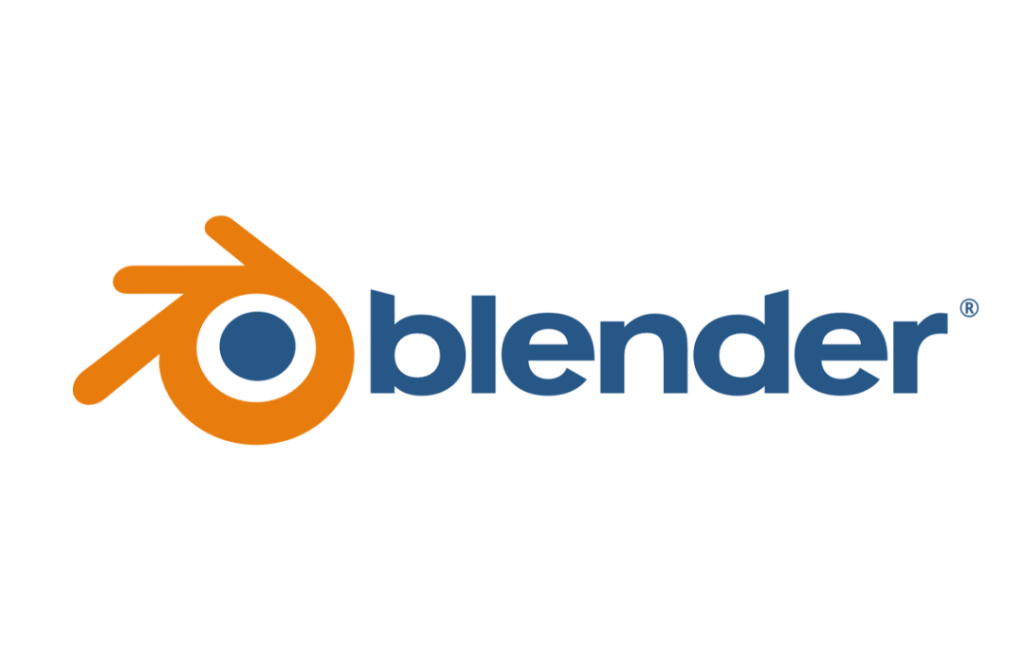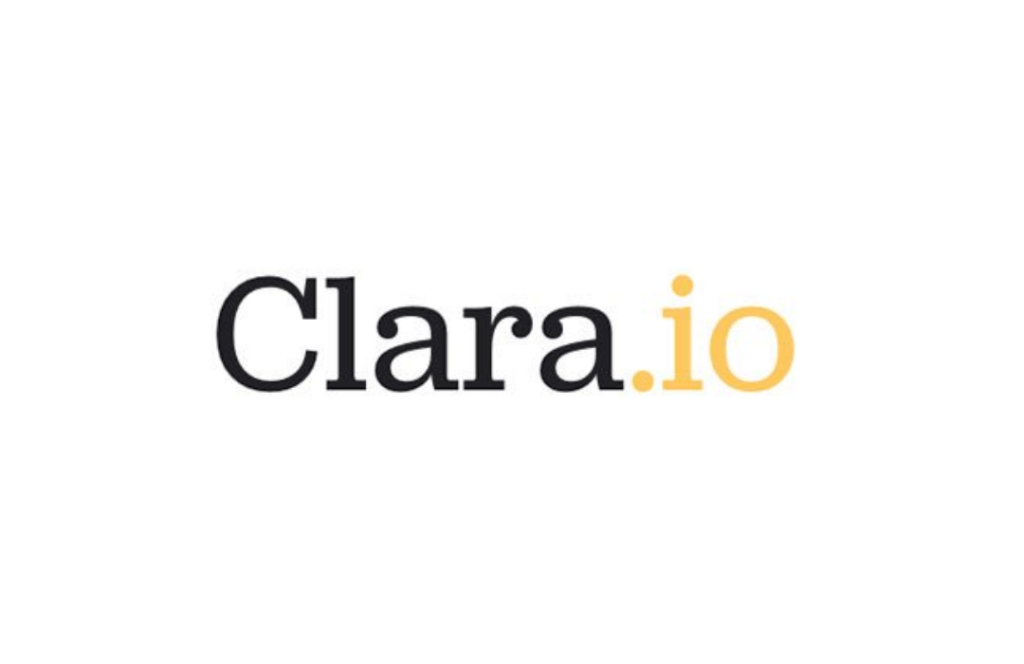The world of graphic design is ever-evolving, with new tools and technologies constantly emerging to push the boundaries of creativity. One of the most exciting advancements in recent years is the integration of artificial intelligence (AI) into 3D design. AI tools are revolutionising the way designers create, manipulate, and visualise three-dimensional objects, making the process more efficient and accessible. In this blog post, we’ll explore some of the top AI tools for creating stunning 3D designs and how they can elevate your projects to the next level.
The Rise of AI in 3D Design
AI technology has made significant strides in various industries, and 3D design is no exception. Traditional 3D design software can be complex and time-consuming, often requiring extensive training and experience. However, AI-powered tools are changing the game by automating many aspects of the design process, allowing designers to focus on creativity and innovation. These tools leverage machine learning algorithms and advanced computational techniques to simplify tasks such as modelling, texturing, rendering, and animation.
Top AI Tools for 3D Design

Autodesk Maya with AI Integration
Autodesk Maya is a staple in the 3D design industry, known for its powerful modelling and animation capabilities. With the integration of AI, Maya has become even more versatile. AI-driven features such as predictive modelling and auto-rigging help streamline the design process. For instance, the “Quick Rig” tool uses AI to automatically create a rig for character models, saving hours of manual work.

NVIDIA Omniverse
NVIDIA Omniverse is a cutting-edge platform that utilises AI to facilitate collaborative 3D design and simulation. It enables designers to work together in real-time, regardless of their physical location. The AI-powered tools within Omniverse assist in tasks such as asset creation, scene assembly, and real-time ray tracing. Its AI denoiser feature significantly reduces rendering times, allowing for rapid iteration and refinement of designs.

Adobe Dimension
Adobe Dimension leverages AI to simplify the creation of photorealistic 3D images. Its intuitive interface allows designers to easily place 3D objects in real-world environments and adjust lighting and perspective. The AI-driven “Auto-Match” feature analyses background images and automatically adjusts the lighting and perspective of the 3D object to match, ensuring seamless integration.

Blender with AI Add-ons
Blender is an open-source 3D design tool that has gained immense popularity due to its robust feature set and active community. AI add-ons such as “Blender AI” enhance its capabilities by providing features like AI-based texture generation and automated retopology. These tools use machine learning to analyse the geometry of 3D models and generate optimised meshes, reducing the time spent on manual adjustments

Clara.io
Clara.io is a web-based 3D modelling, animation, and rendering tool that incorporates AI to simplify complex tasks. Its AI-driven features include automated UV mapping and procedural texture generation. Clara.io’s cloud-based nature allows designers to access their projects from anywhere, facilitating seamless collaboration.
Benefits of Using AI Tools in 3D Design
Increased Efficiency
AI tools automate repetitive and time-consuming tasks, allowing designers to focus on the creative aspects of their work. This increased efficiency can lead to faster project turnaround times and the ability to take on more projects.
Enhanced Creativity
By handling the technical details, AI tools free up designers to experiment and explore new ideas. This can lead to more innovative and unique designs that stand out in a competitive market.
Improved Accuracy
AI algorithms are capable of analysing vast amounts of data and making precise adjustments. This results in highly accurate models and renders, reducing the likelihood of errors and inconsistencies.
Accessibility
AI-powered tools lower the barrier to entry for 3D design by simplifying complex processes. This makes 3D design more accessible to beginners and those without extensive technical knowledge.
Future Trends in AI and 3D Design
The integration of AI in 3D design is still in its early stages, and we can expect even more advanced tools and features in the future. Some emerging trends include:
- AI-Driven Procedural Generation: Tools that can automatically generate complex 3D environments and assets based on user-defined parameters.
- Real-Time AI Animation: AI algorithms that can animate 3D models in real-time, based on motion capture data or user input.
- AI-Powered Design Assistants: Virtual assistants that can provide real-time feedback and suggestions during the design process, enhancing creativity and productivity.
Conclusion
AI tools are transforming the 3D design landscape, making it more efficient, creative, and accessible. By incorporating these tools into your workflow, you can create stunning 3D designs that captivate and inspire. Whether you’re a seasoned professional or just starting out, AI-powered 3D design tools can help you take your projects to new heights.
Ready to revolutionise your 3D design process with AI? Contact Datum today to learn more about our cutting-edge design solutions and how we can help you achieve your creative goals. Email us at [email protected] or call us on 01707 251222.